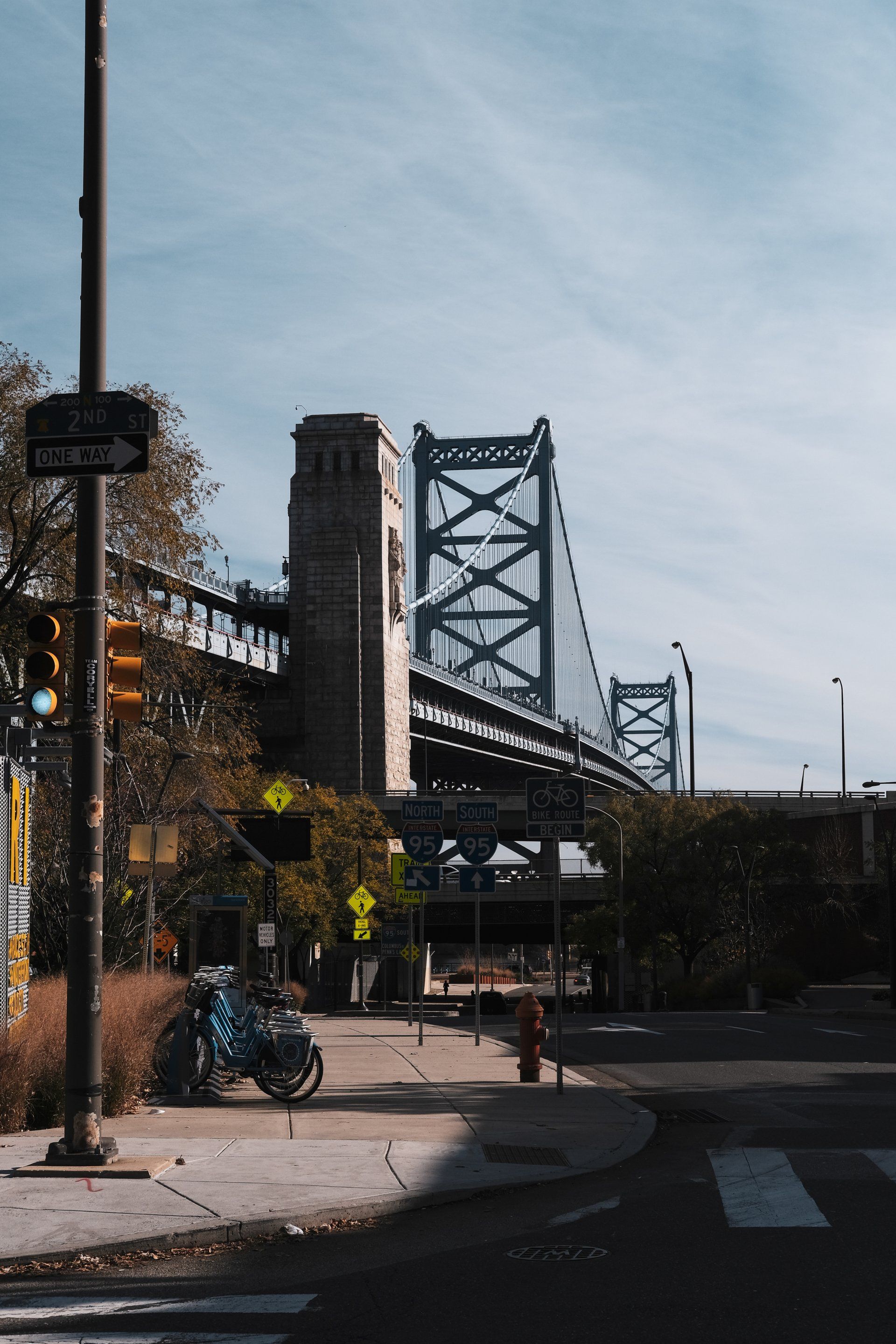Pennsylvania Resources
Welcome to the Pennsylvania Resources page, below you will find key information relating to Pennsylvania's Infrastructure grants and allocations.
Bipartisan Infrastructure Law in Pennsylvania
In Pennsylvania there are 3,353 bridges and over 7,540 miles of highway in poor condition. Since 2011, commute times have increased by 7.6% in Pennsylvania, and on average, each driver pays $620 per year in costs due to driving on roads in need of repair. The Bipartisan Infrastructure Law is the single largest dedicated bridge investment since the construction of the interstate highway system. Based on formula funding alone, Pennsylvania would expect to receive approximately $13 billion over five years in Federal highway formula funding for highways and bridges.
Pennsylvania can also compete for the $15.77 billion Bridge Investment Program for economically significant bridges and $15 billion of national funding in the law dedicated to megaprojects that will deliver substantial economic benefits to communities. Pennsylvania can also expect to receive approximately $265 million over five years in formula funding to reduce transportation-related emissions, in addition to about $301 million over five years to increase the resilience of its transportation system.
Pennsylvania Fact Sheet
Pennsylvania Resources




Pennsylvania News & Events





